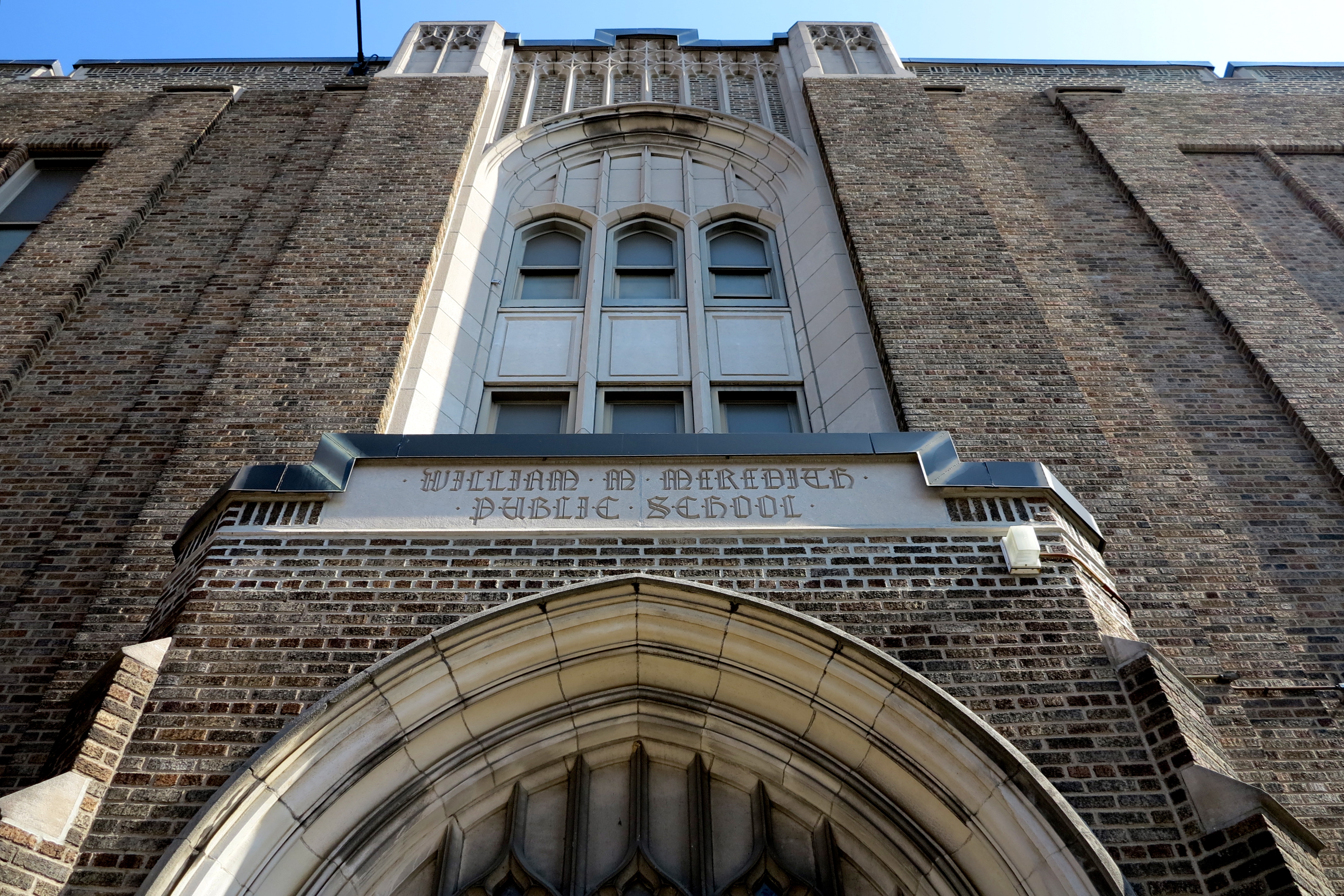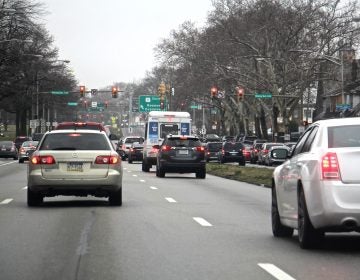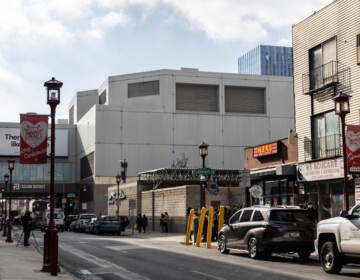How solid neighborhoods and strong public schools are built together

In this op-ed Jeff Hornstein*, Queen Village Neighbors Association president and Philadelphia Crosstown Coalition vice-chair, argues that when communities work to bolster neighborhood public schools they’re also giving the neighborhood a leg up.
Show me a vibrant Philadelphia neighborhood with stable or rising property values and population growth, and I will show you a group of community members committed to making that neighborhood’s public school into a quality school.
Quality neighborhood schools make quality neighborhoods – and vice versa. Understanding this dynamic is central to solving one of Philadelphia’s most vexing problems, from the ground up. But there are a host of important policy questions to consider if we are to scale up what is working.
In many parts of Philadelphia, the communities that develop around neighborhood schools become the bedrocks of vibrancy. It takes a village to make a school great – committed parents, quality teachers, and visionary principals willing to lead. It also requires civic leaders who understand and can effectively communicate to residents, both those with children and especially to the majority without children, that the community would be far worse off without a quality neighborhood school.
To put it bluntly, a successful neighborhood school greatly increases property values, and thereby greatly increases wealth for homeowners at the same time as it increases the City’s tax base. Increasing property values in turn leads to increased commercial activity, and to increased sales, wage, and business tax revenues – a truly virtuous cycle, the positive side of gentrification.
Of course the negative side of gentrification is that success often leads to dramatic changes in the character of neighborhoods. While there is little evidence of New York- or DC-style gentrification in Philadelphia – our population growth has simply been too modest and we continue to hemorrhage jobs – rising property taxes in recent years have put many of the more stable neighborhoods out of reach for many citizens, particularly renters. (I would argue that the massive destruction of wealth via what might be termed ‘de-gentrification’ is a far bigger Philadelphia problem than gentrification per se, but I digress.) Policy tools are available to mitigate the worst impacts of gentrification – and to its credit, the City has implemented several of them in recent years, particularly for long-term homeowners.
While there are certainly resource scarcity issues that can only be resolved by city and state government, in neighborhoods across Philadelphia community members are boot-strapping their way to quality public schools. In fact, over 150 neighborhood-based education movers-and-shakers will convene on March 14 in a Friends of Neighborhood Schools Summit to form a citywide network, to support and learn from each other. Participants from dozens of neighborhood schools will teach each other how to form and grow Friends groups, what their principals need from their communities, how to interact with the District, and how to unite themselves to advocate for adequate resources.
The premise that binds these optimists together is that every community has resources that can be mobilized to support neighborhood-based public education – not only financial resources, but all sorts of local expertise, knowledge, and elbow grease. It requires principals who understand that their “base” is broader than just the parents of the children who attend their school; in many of our most challenged neighborhoods, the parent base might not be sufficient. In some neighborhoods, religious institutions have stepped up to support local schools with books, tutors, and all sorts of other resources. I know a neighborhood school that serves many children from homeless shelters; a neighboring congregation has adopted that school to make sure those kids have at least a fighting shot and that the (excellent) principal has surrogates for the parent organization her population simply cannot provide. In some neighborhoods, it may be appropriate for our “anchor” institutions like universities to step up to the plate, as the University of Pennsylvania, Drexel, and Temple have done in their neighborhoods. It is in the interest of business to have a well-educated workforce, an impossibility without a quality public school system, so we should expect our major corporations to play their part as well. But I would submit that without organic community support, these efforts will fall shy of the mark.
In the medium and long term, such initiatives pay concrete and measurable dividends. As the work of Ken Steif at Penn and others have shown, good schools lead directly to increased property values. There may be ways to use policy tools akin to tax increment financing to leverage future property tax revenues to create school improvement districts. But if we are to achieve some semblance of equity in a city like ours, characterized by high levels of deep and concentrated poverty, we must find ways to create and maintain economic diversity in our schools. Decades of research suggests that a school with a mixed-income population is more likely to help poorer children achieve at higher rates than a school with a completely disadvantaged population. (Universal, high-quality pre-K would be about the best possible investment of public dollars, but that almost goes without saying.)
Creating schools that are economically diverse is a complex political challenge. Processes of gentrification tend, in the long run, to make neighborhoods less economically diverse, and thus, make neighborhood schools less diverse. Policy tools like community land trusts and forms of rent stabilization have been employed in a few rapidly gentrifying cities to attempt to maintain neighborhood-level diversity. In a city like ours, it may be possible to redraw many school catchments such that no school is more than, say, 75% economically disadvantaged. Are we willing to explore combining contiguous catchments, for example, to create more economically integrated schools? Do we have the political will? These are questions that should be posed to every potential mayor, to the SRC – and to ourselves.
*By day Jeff Hornstein serves as the Director of Financial and Policy Analysis in the City Controller’s Office. The views expressed here are his alone.
WHYY is your source for fact-based, in-depth journalism and information. As a nonprofit organization, we rely on financial support from readers like you. Please give today.







